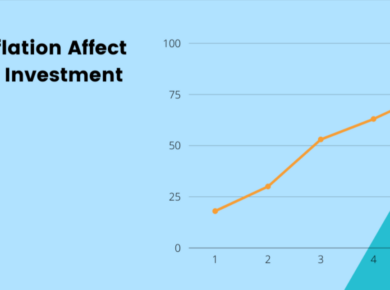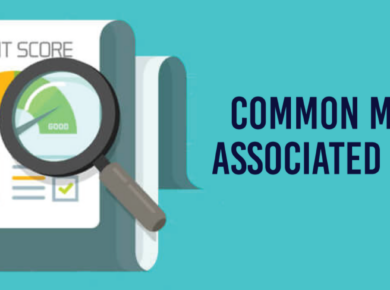A savings account is a secure place where you can store your funds and conveniently access them through various modes at all times. Although savings accounts are typically safe, they are not entirely immune to scams and fraudulent activities, especially in light of the rise of digital banking.
With just a few clicks, you can open your savings account, transfer funds, pay bills, and complete transactions. This convenience is available around the clock and from any location. However, the convenience of online banking also brings the possibility of cybercrime.
Scam artists and fraudsters use various tactics to exploit loopholes in the banking system. Even a small negligence on the account holder’s part can lead to big financial loss. Hence, it is crucial to understand the risks and take steps to protect your finances from scams and fraud. While many already know the basic security measures, some simple yet useful strategies also exist. Have a look.
- Choose the right bank
Online banking and mobile apps are common features of savings accounts. However, it’s necessary to choose a bank with robust security systems for online transactions.
Review the terms and conditions of your chosen bank, its privacy policies, and security protocols. You can even read reviews and feedback from customers online. This step will help you select a bank that offers a hassle-free banking experience with high safety and security measures.
- Secure your devices and data
The devices you use to access your savings account are often the entry points for hackers. Secure your smartphones, tablets, and computers with strong passwords and biometric authentication. Regularly update your anti-virus and anti-malware software to stay protected against evolving threats. Change the passwords of your banking applications, net banking, and ATM cards at regular intervals.
- Multi-Factor Authentication (MFA)
MFA is a multi-step login process requiring two or more verification levels to access your bank account. You may be asked to enter a code sent to your phone and email, answer a question, or scan a fingerprint. It effectively safeguards your savings account from cybercriminals who employ tactics such as phishing, social engineering, or identity theft to exploit your account.
With this security feature, even if someone manages to steal or learn your password, gaining access becomes difficult without the second authentication factor.
- Beware of phishing attacks
Phishing attacks involve cybercriminals impersonating legitimate entities, often through emails or messages, to trick you into revealing sensitive information. These fraudulent messages might contain links that lead to fake websites designed to capture your login credentials. Always verify the sender and don’t click on suspicious links.
For instance, if you find an email that seems to be from your bank asking you to update your account details through a link, rather than clicking on that link, visit your bank’s official website or get in touch with their customer service to confirm the legitimacy of the request.
- Regularly monitor your account
Make it a habit to review your savings account transactions and statements. If you spot any discrepancies, report the matter to your bank. Hackers often initiate small transactions as a test before attempting more significant unauthorised transfers.
Regularly checking your account not only protects you from potential banking fraud but also allows you to stay updated on the latest savings account interest rates, new features, and discounts.
To sum up
By following the steps explained above, you can significantly reduce the risk of unauthorised access and scams. Just remember to pick a reputable bank to open a savings account, use strong passwords, enable multi-factor authentication, track your account regularly, and secure your devices. The higher your vigilance, the greater the security of your savings account.















